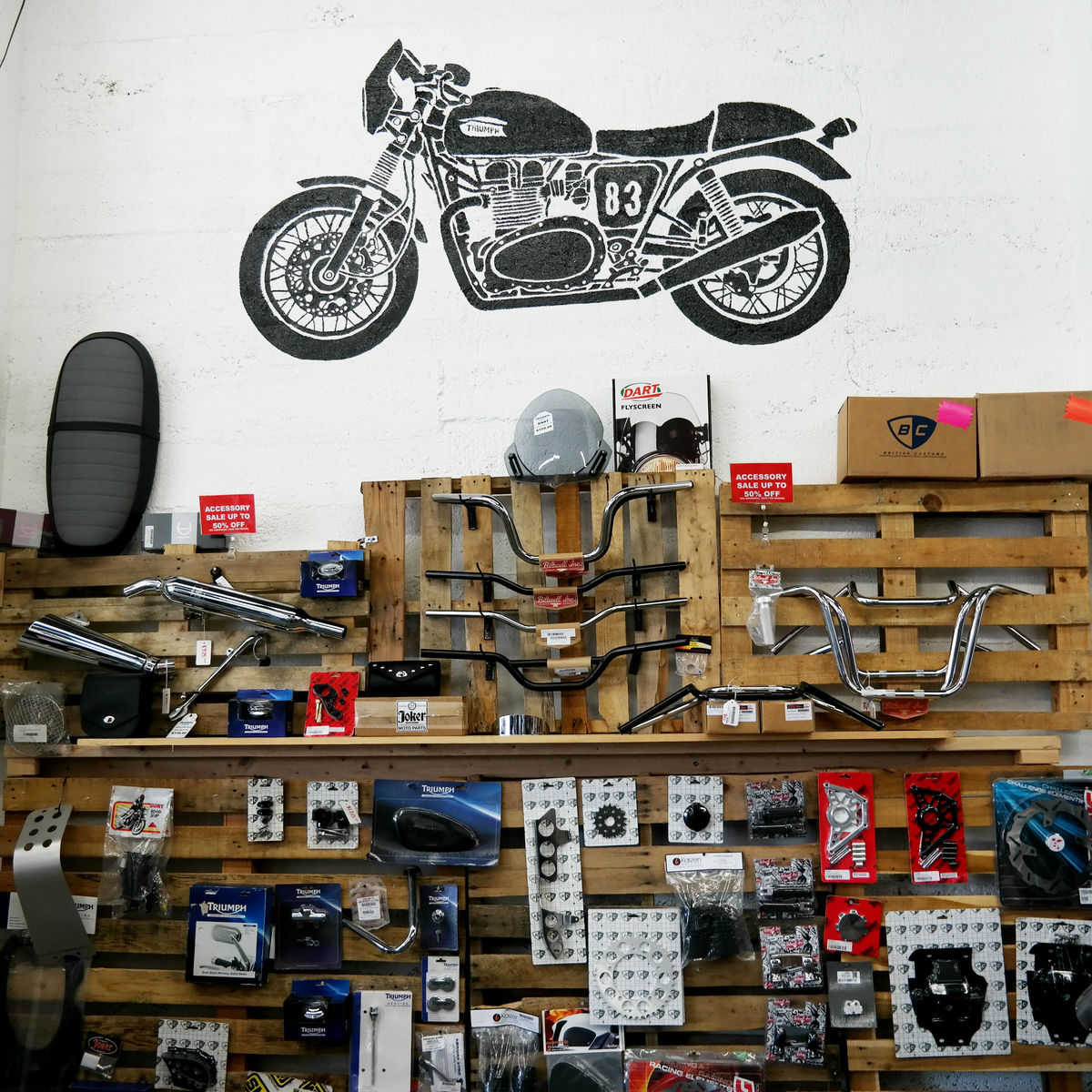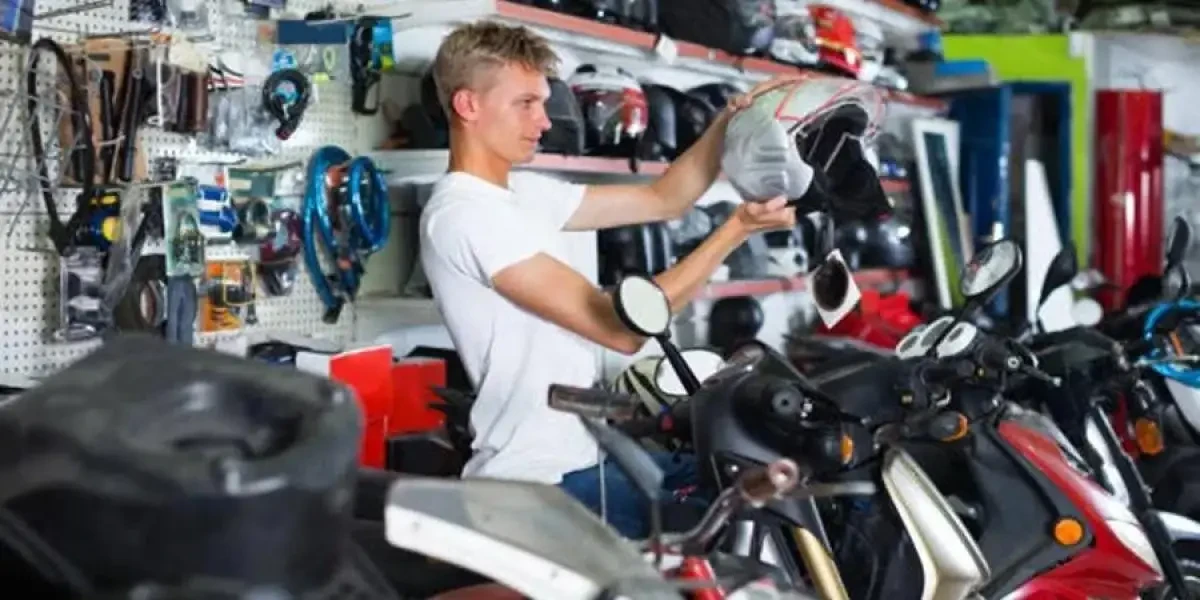Let Loose Performance with Premium Motox Parts NZ Available Below
Let Loose Performance with Premium Motox Parts NZ Available Below
Blog Article
Understanding Motorcycle Gears: Exactly How to Optimize Your Riding Experience
In the world of motorcycling, grasping the art of equipment manipulation is crucial for improving your riding performance. Effectively recognizing and utilizing motorcycle equipments can considerably affect velocity, control, and gas effectiveness, changing an average trip right into a smooth, exhilarating trip. By incorporating precise shift timing and adapting equipment option to different road problems, bikers can make certain ideal engine efficiency and safety and security. The nuances of clutch control, throttle sychronisation, and gear auto mechanics beckon a deeper exploration, guaranteeing to open the complete possibility of your equipment. How can these techniques be harnessed to truly optimize your riding experience?
Recognizing Gear Mechanics
Just how do the complexities of equipment auto mechanics influence motorbike performance? At the core of bike dynamics, equipment auto mechanics play an essential function in converting engine power right into motion, eventually dictating rate and control. Gears, thoroughly crafted elements, allow bikers to optimize torque and rate, making certain a seamless shift via different surfaces and rates. The equipment ratios, thoroughly made, establish the relationship between engine transformations and wheel turns, impacting acceleration and fuel effectiveness.
Understanding equipment auto mechanics starts with identifying the value of the gearbox, which houses numerous gears of differing sizes. These equipments engage through a procedure known as meshing, where teeth of different gears engage to transfer power.
In addition, the concept of gear moving is essential to maximizing efficiency. Smooth and prompt changes ensure that the engine operates within its ideal power band, protecting against unneeded strain and enhancing longevity (motorcycle parts nz). By understanding these mechanical ins and outs, bikers can achieve an unified blend of performance, power, and control, raising their riding experience
Timing Your Shifts
Change timing mastery is necessary for optimizing motorbike performance and boosting the riding experience. Properly timed shifts guarantee that the engine runs within its optimal power band, which is critical for maintaining control, accomplishing smooth velocity, and making sure the longevity of the bike. Motorcyclists must create an user-friendly sense of when to change gears, which entails recognizing the partnership in between engine transformations per minute (RPM) and speed.
To understand shift timing, pay very close attention to the engine's noise and feel, as these give important hints about when to alter equipments. When the engine approaches the upper variety of its power band without reaching the redline, the perfect change factor typically happens - moto parts nz. Moving prematurely can bring about a lack of power, while moving far too late may create unnecessary engine strain
In addition, road problems and riding design impact change timing. In metropolitan settings, smoother and much more constant changes might be required to browse web traffic efficiently. On the other hand, throughout freeway riding, fewer shifts at greater rates can be better suited. Practicing in diverse settings will boost your capability to time changes exactly, ultimately raising your riding experience to a professional level.
Enhancing Fuel Efficiency
While understanding bike equipments is essential for performance, enhancing fuel efficiency is just as essential for both ecological and economic reasons. Ideal gas consumption not just reduces operational expenses but additionally lessens the environmental footprint of riding. To achieve this, one have to comprehend the complex partnership between equipment choice and engine performance.
To start with, picking the appropriate gear at ideal speeds can considerably influence gas usage. Riding in a greater equipment at lower speeds can result in engine hauling, which is damaging to both gas economic situation and engine health. Conversely, riding in lower equipments at high speeds leads to unneeded fuel consumption. Hence, preserving an optimal equilibrium by moving equipments in alignment with road problems and anticipated maneuvers is necessary.
Furthermore, routine upkeep plays a pivotal duty in fuel performance. Making certain that the motorbike is well-tuned, with tidy air filters and effectively pumped up tires, can decrease and boost aerodynamics gas waste. Moreover, embracing a riding style that accepts progressive acceleration and smooth deceleration can add to much better gas economic climate.

Methods for Smooth Transitions
Achieving smooth equipment transitions is basic to enhancing the riding experience and making sure the longevity of a motorbike's transmission system. Proper equipment moving not only adds to a seamless adventure yet likewise lessens damage on the mechanical parts. To grasp the art of smooth changes, motorcyclists should concentrate on a few key techniques.

Second of all, clutch control plays a pivotal duty. Involving and disengaging the clutch smoothly requires method. The clutch bar should be released slowly, permitting for a smooth transfer of power from the engine to the wheels without causing a shock or abrupt activity.

Adapting to Roadway Conditions
Navigating diverse roadway problems is an important ability for any kind of motorcyclist intending to maintain control and safety and security. Whether you're riding on wet surfaces, great post to read gravel roadways, or browsing sharp turns, your capacity to adjust your equipment usage and riding strategy is extremely important. Recognizing exactly how to change your gears properly can significantly influence traction and security, making sure a safer journey.
In comparison, when riding on crushed rock or unequal surface, motorcycle helmet shield lower gears are more suitable. Reduced equipments offer far better control and enable you to react more quickly to unforeseen adjustments in the roadway surface area.
Sharp curves require precise gear monitoring to balance speed and control. Downshifting before getting in a curve can help maintain momentum while making sure the bike remains steady throughout the turn. Constant technique in diverse conditions enhances your capability to respond and predict to adjustments in road appearance and incline.
Conclusion
Understanding bike equipments significantly enhances the riding experience by enhancing velocity, fuel, and control effectiveness. Adapting equipment choice to various road problems, such as utilizing greater gears on damp surfaces and lower gears on gravel, further enhances handling and security.
Understanding gear technicians starts with acknowledging the significance of the transmission, which houses multiple gears of differing sizes. These equipments engage through a procedure recognized as meshing, where teeth of different gears More Help engage to send power (motorcycle shop). Gentle adjustments to the throttle throughout gear changes can stop jerky motions and maintain a consistent riding speed
Whether you're riding on damp surface areas, crushed rock roads, or browsing sharp turns, your capacity to adjust your gear use and riding technique is critical. Adapting gear option to different roadway conditions, such as using higher equipments on wet surface areas and reduced gears on gravel, additional enhances handling and safety.
Report this page